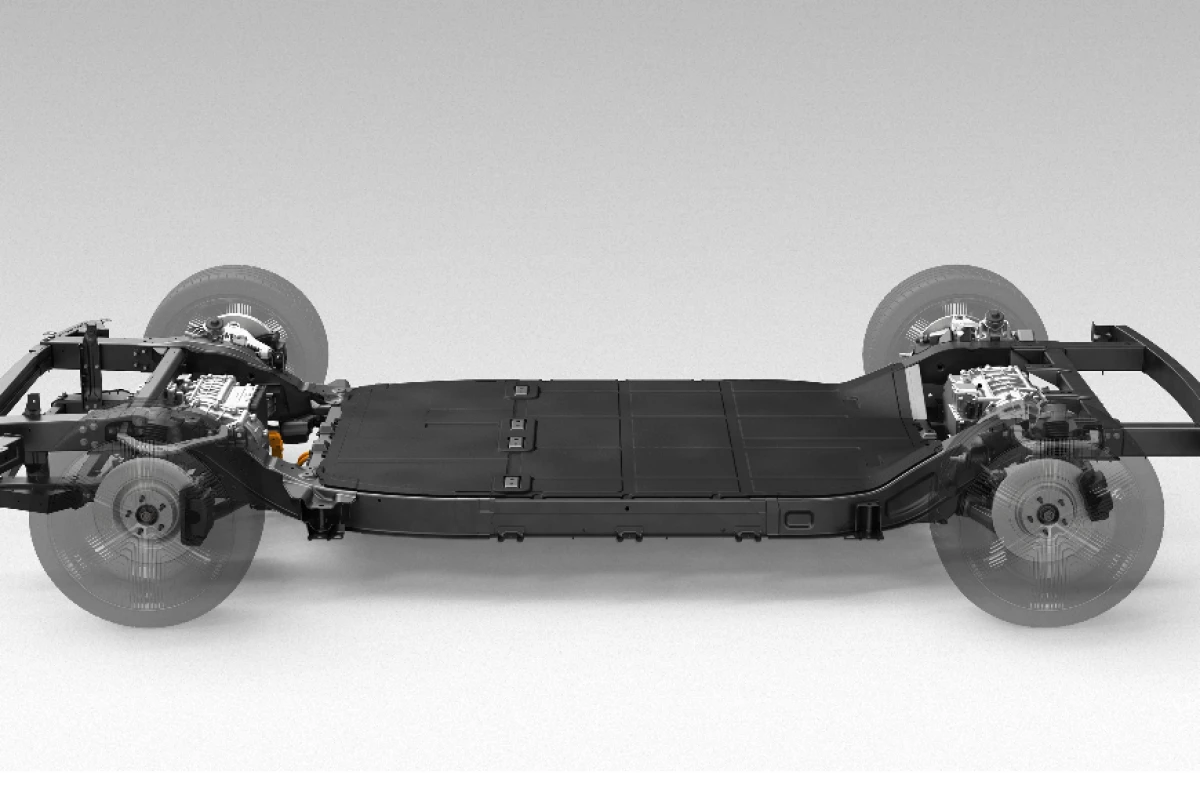Between its investments in flying taxis, self-driving trucks and electric vehicle startups, Hyundai Motor Group is planting its fingers in quite a few pies when it comes to the future of mobility. Its latest collaboration sees the Korean carmaker team up with Californian startup Canoo, with the intent of using that company's skateboard chassis as a basis for upcoming Hyundai and Kia electric vehicles.
The news comes hot on the heels of Hyundai's investment in EV startup Arrival last month, whose skateboard chassis it hopes to use to develop purpose-built commercial vehicles. It holds similar ambitions regarding its new collaboration with Canoo, whose skateboard chassis is a self-contained unit housing the key components of the vehicle and can, according to the companies, be mounted to any cabin design.
Hyundai sees this versatile architecture opening up new possibilities when it comes to developing future electric cars, making the manufacturing simpler and cheaper, which it hopes will be reflected on the final sticker price of its vehicles.
“We were highly impressed by the speed and efficiency in which Canoo developed their innovative EV architecture, making them the perfect engineering partner for us as we transition to become a frontrunner in the future mobility industry,” says Albert Biermann, Head of Research & Development, Hyundai Motor Group. “We will collaborate with Canoo engineers to develop a cost-effective Hyundai platform concept that is autonomous ready and suitable for mass adoption.”
For its part, Canoo is a company focused on building pod-like EVs for subscription services only, and recently opened the waitlist for its first electric vehicle. That isn't expected to arrive until 2021, but its progress in the meantime was enough to impress one of the industry's heavy hitters.
“We have been working diligently to develop a bold new electric vehicle and partnering with a global leader like Hyundai is a validating moment for our young company,” says Ulrich Kranz, In Charge of Canoo. “It is a real honor for us to help Hyundai explore EV architecture concepts for their future models.”
The investments in Canoo and Arrival are part of US$87 billion the Hyundai Motor Group has committed to invest in electrification and other future-oriented mobility technologies over the next five years, with the goal of 25 percent of total sales coming from "eco-friendly vehicles" by 2025.
Source: Hyundai




